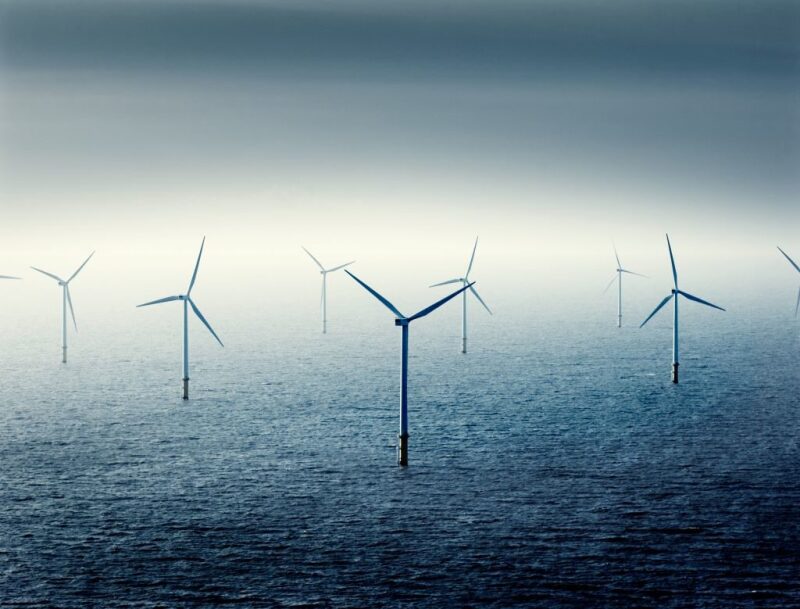A gathering of North Sea nations will pursue an agreement to jointly monitor and protect offshore pipelines, power cables, and wind farms. Security advisers attending the North Sea Summit in Belgium this week look to allow the use of drones to monitor some critical sites, according to Bloomberg.
The uptick in security comes less than a year removed from the Nord Stream attacks last September. Since that time, NATO has increased monitoring with satellites, aircraft, ships, and submarines in the North and Baltic Seas. Protection of miles of subsea infrastructure, including gas pipelines from Norway, which is now the biggest pipeline supplier of gas to Europe, has been a top security target since the blasts in the Baltic Sea. The gas is critical to Europe as it tries to wean itself off Russian gas supplies following the country’s 2022 invasion of Ukraine.
A total of nine nations—the UK, Norway, France, Germany, Luxembourg, Denmark, Belgium, the Netherlands and Ireland—are attending the summit, but it is unclear how many will sign the pact, expected by year-end.
In addition to security concerns, the nations expressed their desire to turn the North Sea into one of the world’s largest green energy producers. The group signed a declaration to accelerate the construction of offshore wind projects in the region and creating “energy islands” or connected renewable power generation sites at sea. The combined target is to install 120 GW of offshore wind capacity in the North Sea by 2030 and 300 GW by 2050—a lofty goal given the region hosts about 25 GW of wind farms today.
Speaking with France 24 regarding the summit, Philippe Charlez, energy specialist at the Institut Sapiens said the goal is unrealistic given the short time span—less than 7 years—and the number of turbines required to meet the 2030 target.
“You have to know that 120 GW of wind turbines, if you take 10 MW per turbine, that is 12,000 wind turbines in the North Sea,” he said. “Politicians say numbers, but it will not be satisfied. Impossible for me.”
Rising raw material costs and inflation have heightened the risk of green- lighting big projects. These factors and others resulted in no final investment decisions being made for offshore wind farms last year.


